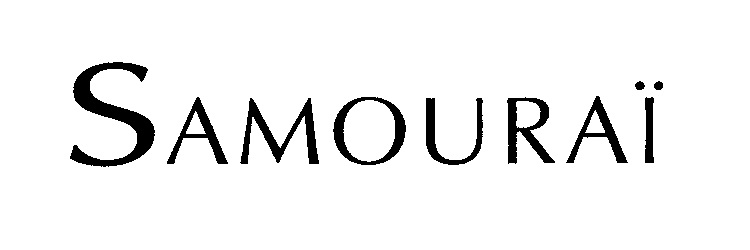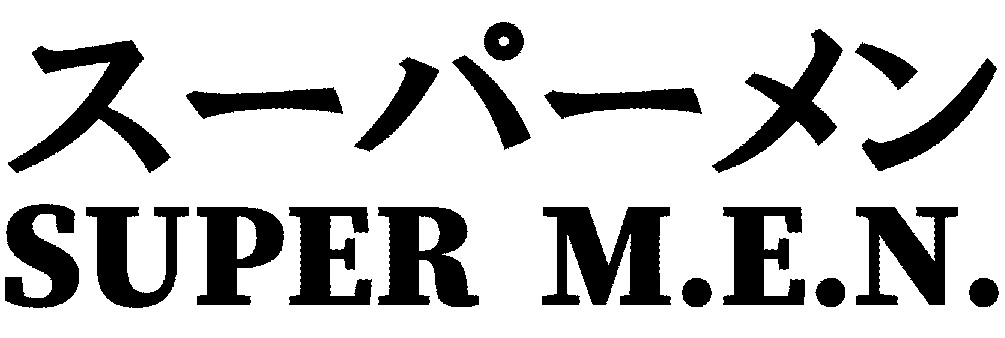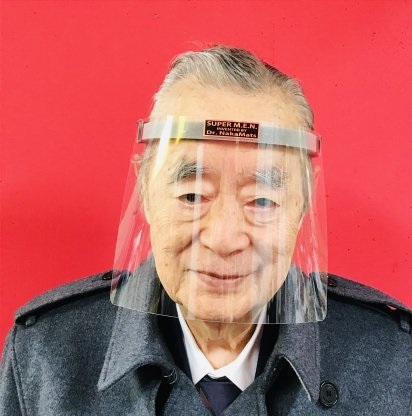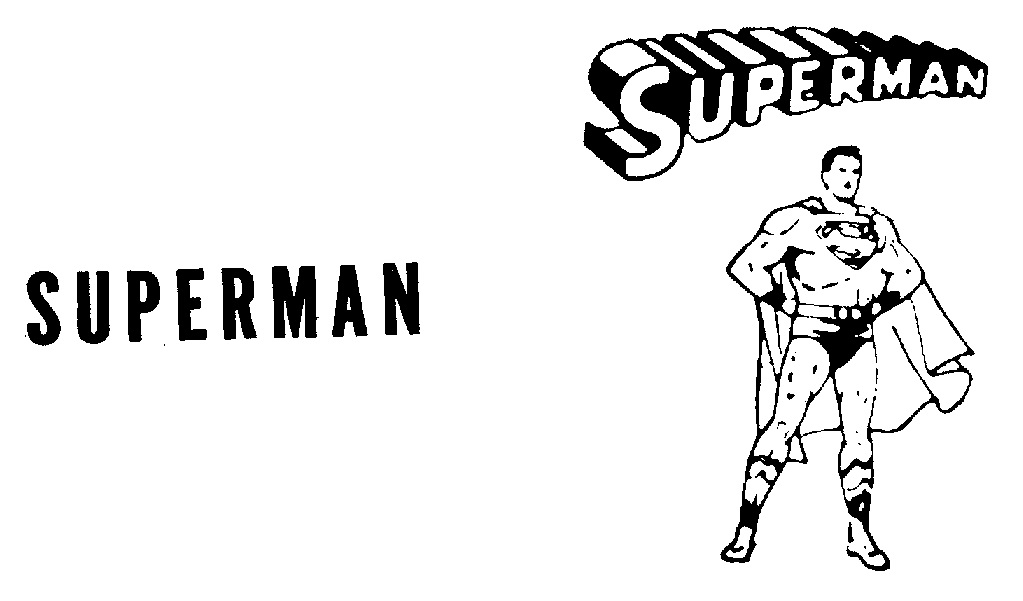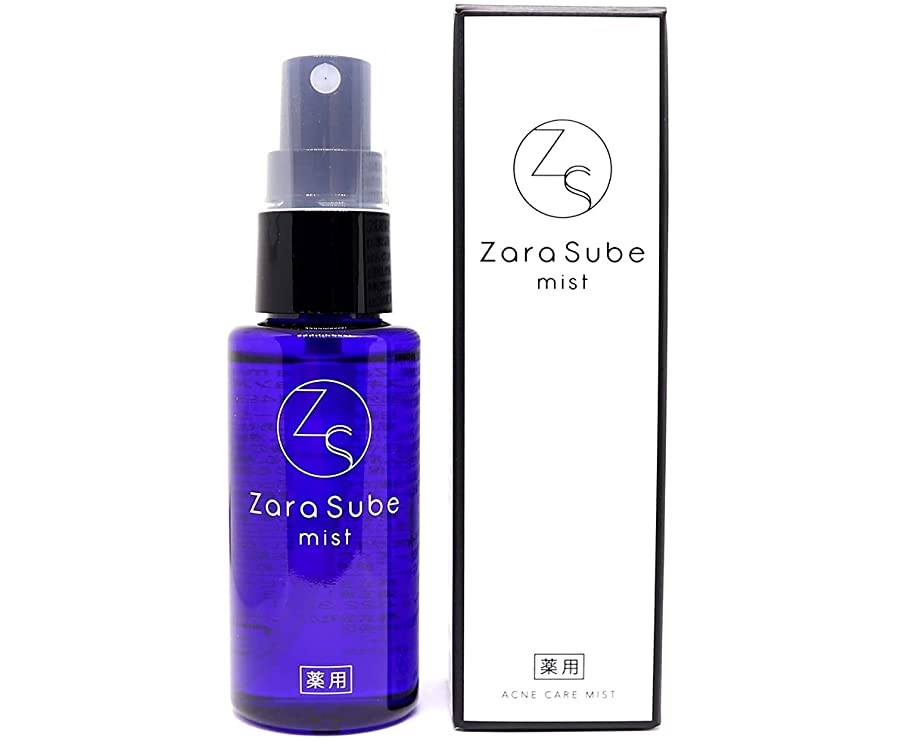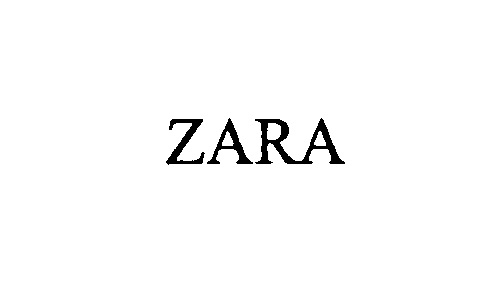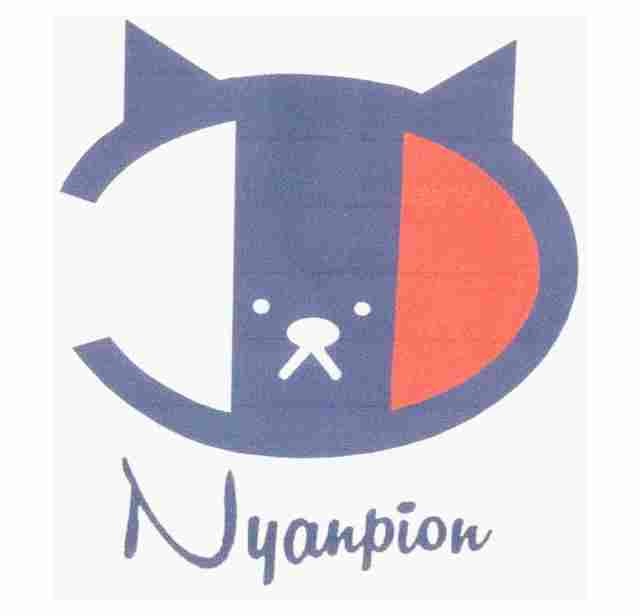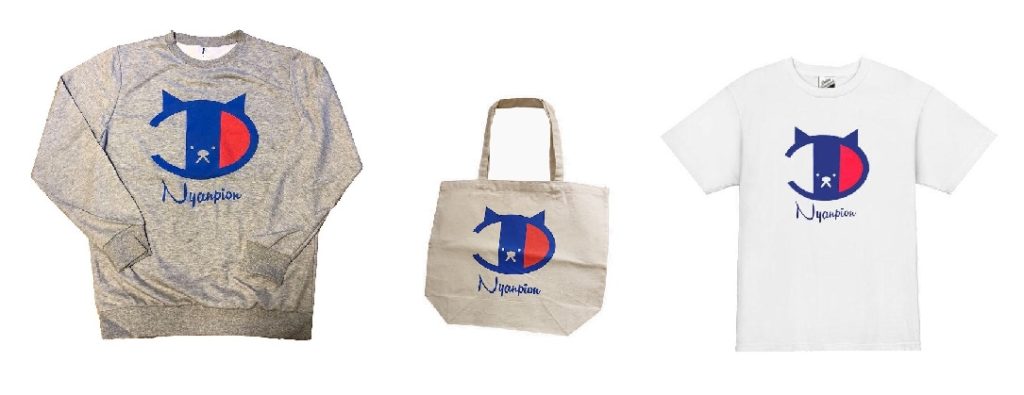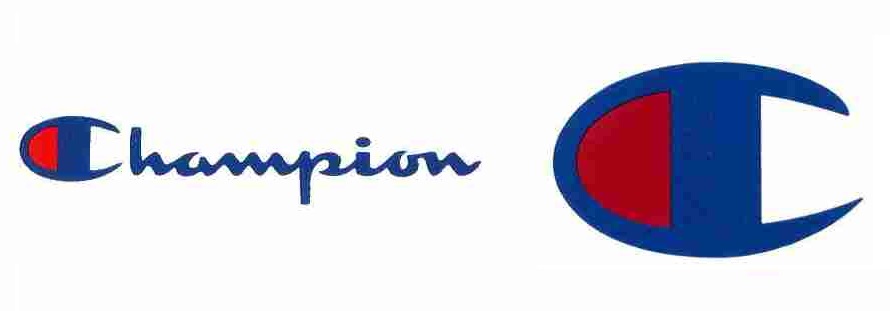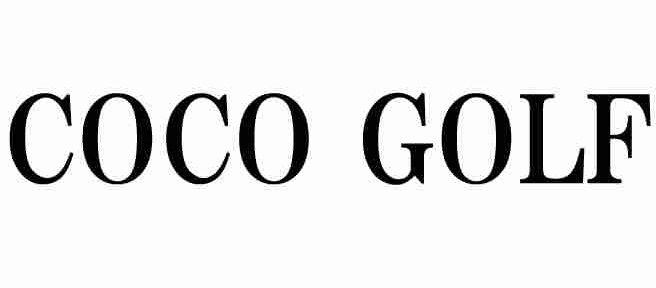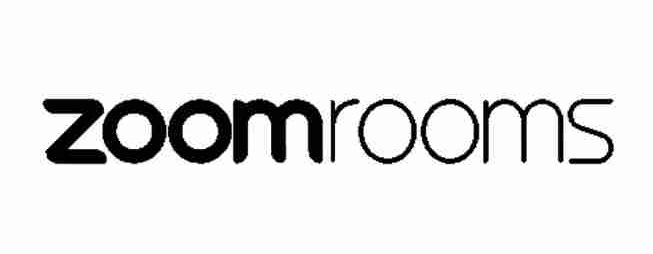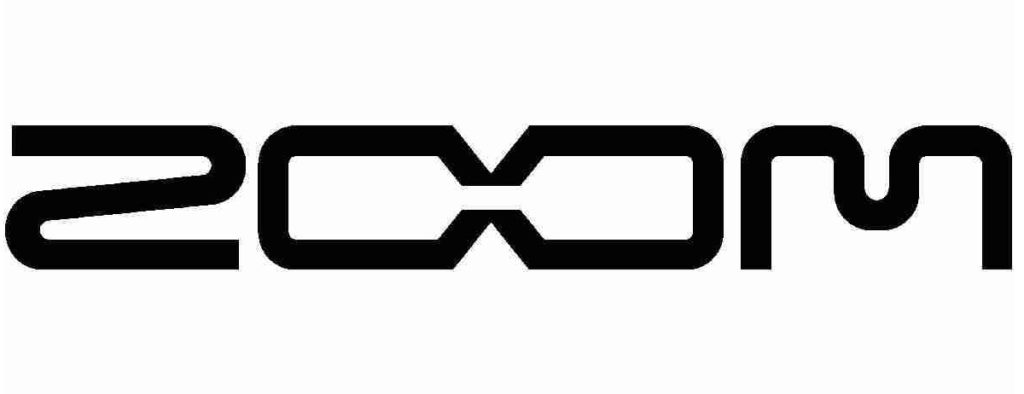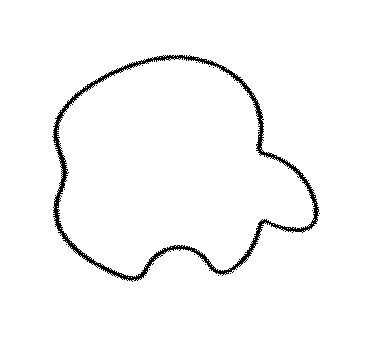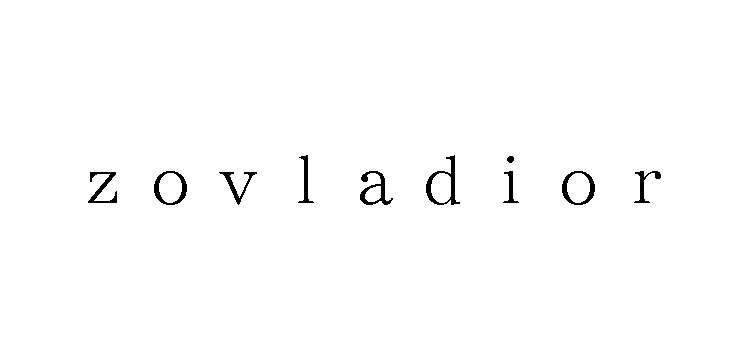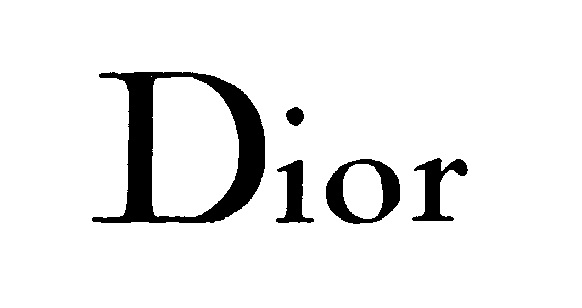The Japan Patent Office (JPO) dismissed an opposition filed by Fiat Chrysler Automobiles (FCA US) LLC against TM Reg no. 6317667 for the wordmark “Jeeper” to be used on hand tools in class 8 by finding the unlikelihood of confusion with “JEEP” vehicles.
[Opposition case no. 2021-900035, Gazette issued date: April 28, 2022]Opposed mark
The wordmark “Jeeper” was filed by a Japanese individual for use on various hand tools in class 8 with the JPO on January 27, 2020 (TM App no. 2020-8907).
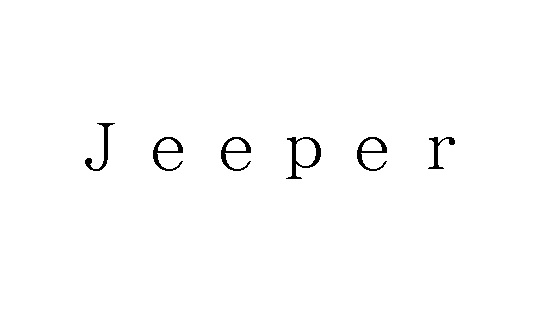
The JPO admitted registration on November 17, 2020, and published for opposition on December 8, 2020.
Opposition by FCA US LLC
To oppose registration within a statutory period of two months counting from the publication date, FCA US LLC filed an opposition against the opposed mark on January 26, 2021.
FCA argued the opposed mark shall be canceled in contravention of Article 4(1)(xi) and (xv) of the Trademark Law because of the remarkable reputation and popularity of the JEEP mark as a source indicator of Chrysler vehicles and a high degree of similarity between the opposed mark “Jeeper” and the opponent’s famous earlier registered mark “JEEP.”

Article 4(1)(xi) is a provision to refrain from registering a junior mark that is deemed identical with, or similar to, an earlier registered mark.
Article 4(1)(xv) provides that a mark shall not be registered where it is likely to cause confusion with other business entities’ well-known goods or services.
JPO Decision
The JPO Opposition Board admitted a certain degree of reputation and popularity of the opponent trademark “JEEP” in connection with automobiles. However, the Board questioned if relevant consumers of hand tools have the same perception.
In assessing the similarity of the mark, the Board held that “Jeeper” and “JEEP” are less likely to cause confusion from visual and phonetical points of view. Conceptually, both marks are distinctively dissimilar because the opposed mark does not give rise to any specific meaning. In the meantime, the opponent mark “JEEP” has a meaning of ‘Jeep brand 4WD vehicles.’
Given that “JEEP” has not become famous in relation to the hand tools in question, the Board has no reason to believe that relevant consumers would associate the goods bearing the mark “Jeeper” with the opponent or any business entity systematically or economically connected with Chrysler in view of a low degree of similarity between the marks.
Based on the foregoing, the Board found the opposed mark shall not be canceled in contravention of Article 4(1)(xi) and (xv), and decided to dismiss the entire opposition.


